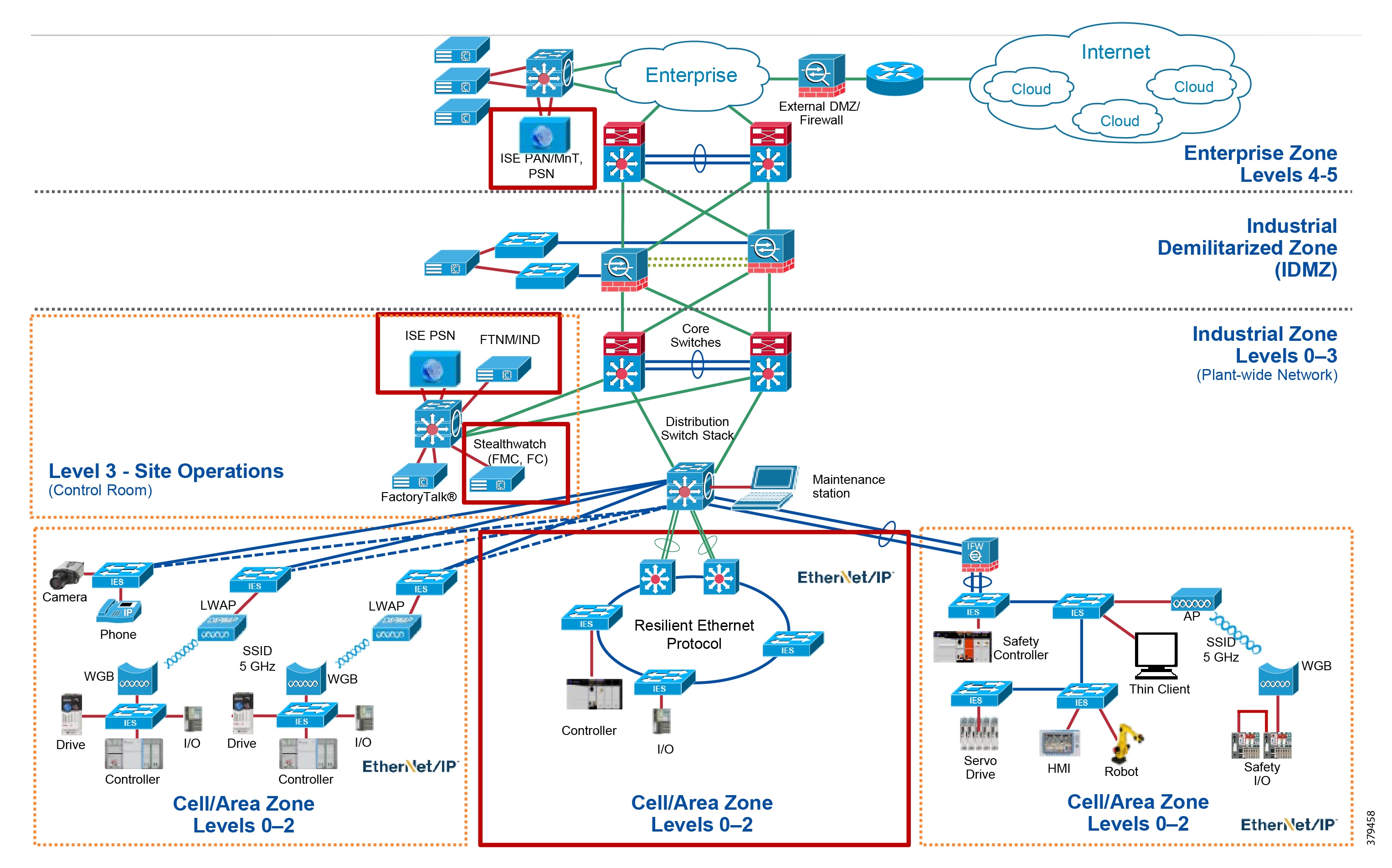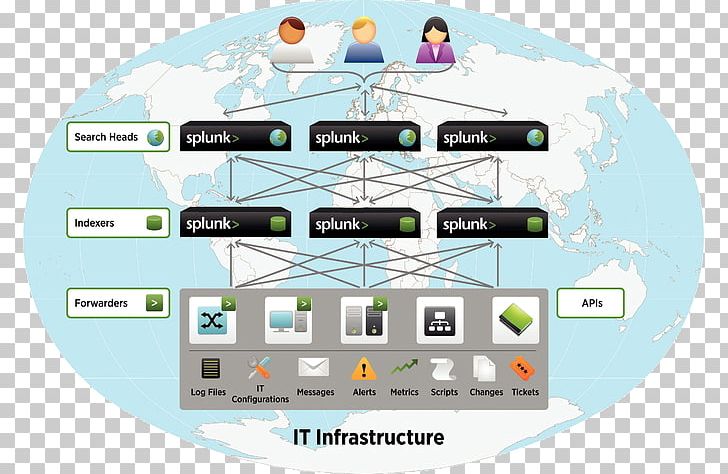

CISSP, CISA, CISM, SABSA, PRINCE2, TOGAF, ITIL).
#Network architect windows
Good understanding of Active Directory, Databases, Windows & UNIX/Linux operating system.Familiarity with Cloud, SaaS, passive application deployment and enterprise architecture.

Troubleshooting experience to resolve network issues.Experience with implementing new network and data storage systems.Experience with designing data network systems.You will belong to an international connected team of specialists helping our clients with their most complex information security needs and contributing toward their business resilience. Since you’ll be working directly with clients, some travel will be required.Īs a Network Architect Consultant, you will be part of the team to assess, design, build, implement and manage security solutions for our clients and support the clients in their desire to protect the business. If you’re flexible and ready to adapt to a constantly changing environment, there’s no better place to develop your skills. You’ll work alongside clients and colleagues, balancing your time between developing security strategies, advising stakeholders, providing workshops and supporting business development.

This is a role where no two days are the same – so you’ll find yourself taking on plenty of new responsibilities as you go. As an information security specialist, you will assist in the end to end implementation of security solutions for our clients and support our clients in their desire to protect the business. Join us and build an exceptional experience for yourself, and a better working world for all.Ĭyber threats, social media, massive data storage, privacy requirements and continuity of the business as usual require heavy information security measures. And we’re counting on your unique voice and perspective to help EY become even better, too. You can change your selection at any time by clicking the link at the bottom of the page.Īt EY, you’ll have the chance to build a career as unique as you are, with the global scale, support, inclusive culture and technology to become the best version of you. You can select your settings by clicking “Modify Cookie Preferences” to confirm your choices from the optional cookie tracking and selecting the required cookies required to remain on the site. This also includes your consent to the transmission of certain personal data to third countries, including the USA, in accordance with Art. By clicking "Accept All Cookies", you agree to these. In this context, cookies from providers in third countries may also be used and data may be transmitted to providers such as social media services outside the EU. On this page, functional and optional cookies are used to improve your experience and design our careers site more user-friendly and in line with your needs.
#Network architect software
This website is based on the SuccessFactors software provided by SAP. These overlay networks may implement certain organizational structures of the nodes according to several distinct models, the network architecture of the system.Welcome to the EY careers job search site. P2P networks usually implement overlay networks running over an underlying physical or logical network. the PSTN).Ī popular example of such usage of the term in distributed applications, as well as permanent virtual circuits, is the organization of nodes in peer-to-peer (P2P) services and networks. the Internet) and the intelligent network (e.g. There are a number of specific classifications but all lie on a continuum between the dumb network (e.g. For example, the applications architecture of the public switched telephone network (PSTN) has been termed the Intelligent Network. In distributed computing, the network architecture often describes the structure and classification of a distributed application architecture, as the participating nodes in a distributed application are often referred to as a network. On each layer, an instance provides services to the instances at the layer above and requests services from the layer below. A layer is a collection of similar functions that provide services to the layer above it and receives services from the layer below it. Abstraction layers are used to subdivide a communications system further into smaller manageable parts. The Open Systems Interconnection model (OSI model) defines and codifies the concept of layered network architecture.


 0 kommentar(er)
0 kommentar(er)
